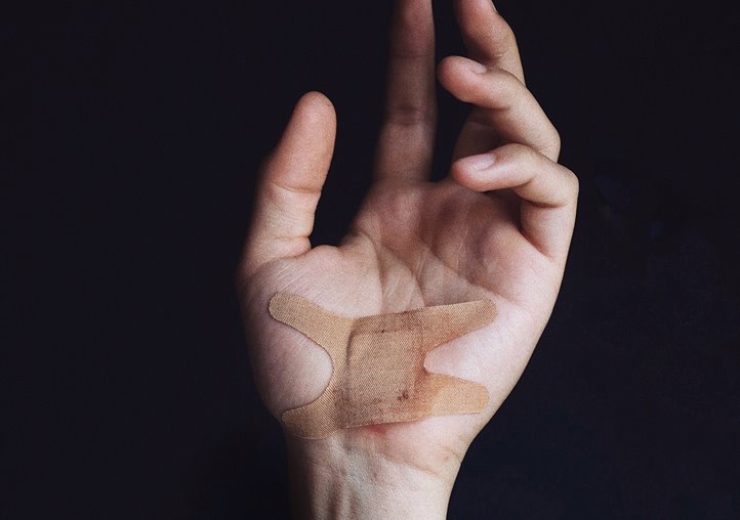The company recently launched an inter-connected platform with select partners that represent the cutting-edge of wound care devices

Image: Tissue Analytics launches an EHR-interoperable marketplace for wound care diagnostics. Photo: Courtesy of Brian Patrick Tagalog/Unsplash
Tissue Analytics is an AI-powered software solution that allows providers to monitor and automatically measure wound healing through an electronic health record (EHR) plug-in. The company recently launched an inter-connected platform with select partners that represent the cutting-edge of wound care devices. These new devices feature technology that can image and assess wound tissue oxygenation below the skin surface, visualize bioburden, and even predict diabetic foot wounds before they occur.
As the leading wound imaging company to integrate with Cerner, Epic, and Allscripts, Tissue Analytics specializes in best-in-class, SMART on FHIR workflows and has recently opened its system to third-party devices in the wound care and diabetes management industries.
Historically, non-EHR native devices require clinicians to duplicate documentation between the device and the medical record. This can significantly increase physician documentation time, which is already nearly 50% of a physician’s day according to a 2016 publication in the Annals of Internal Medicine1, and can prove a prohibitive barrier for new devices entering the market.
With Tissue Analytics’ EMR-native solution, these devices can fully connect to an existing EMR workflow, streamlining their path to market and maximizing the clinical impact on patient outcomes.
The following companies represent the initial cohort of developers and Tissue Analytics intends to expand the program to other technologies in the near future. Interested companies can access the platform by contacting Tissue Analytics.
Employing NIRS Imaging to Advance Tissue Assessment
Tissue Analytics has partnered with Kent Imaging, a Canadian company that employs near infrared spectroscopy to measure tissue oxygen saturation. Oxygen is key to tissue survival – “seeing” its presence in tissue is highly impactful. This partnership allows physicians to quickly and easily assess tissue viability and track wound healing progression when advanced wound care therapies are applied.
With the rapid measurement of tissue oxygen saturation at the wound and peri-wound sites, ischemic tissues are easily identified. Using this information, clinicians can determine a course of treatment for acute and chronic wounds and monitor and record the treatment’s progress. This allows for timely adjustments in the protocol to protect and improve tissue health. This also provides physicians the ability to track a patient’s wound progression and confirm successful intervention by documenting an improvement in physiologic changes in the tissue.
“An ongoing collaborative effort is required between vendors and physicians to significantly improve patient outcomes and quality of care,” said Pierre Lemire, CEO of Kent Imaging. “An open API from Tissue Analytics provides a key framework where tissue oxygenation images captured with SnapshotNIR can be combined with wound data from other vendors to enhance wound comprehension and impact decision making. This improves the clinically relevant data that is required to assess and manage wounds.”
Source: Company Press Release
